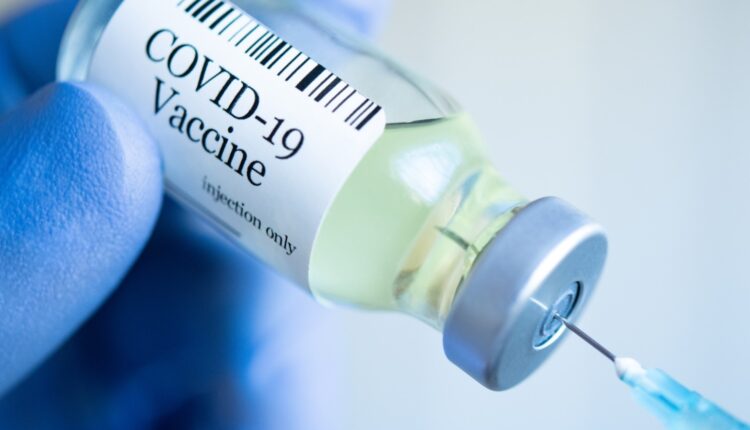Only 1% of low-income country dwellers vaccinated against COVID – World Bank
The World Bank is calling for transparency by governments and manufacturers to ensure access of COVID-19 vaccines to developing countries.
According to the World Bank, only 1.1% of the people living in low-income countries have received even one dose of a vaccine, compared to the 40% of the population in high-income countries.
The World Bank Vice President for Human Development, Mamta Murthi, says, “the situation that we see right now is absolutely unacceptable because a large part of the world remains unvaccinated, and this is a danger for all of us.”
She was speaking in a World Bank podcast, made available to The Ghana Report on Thursday, August 5.
The situation, she said, called for greater transparency to ensure equitable access to the COVID-19 vaccines.
“Countries and manufacturers need to be transparent about what has been committed to whom and when. Because once there’s clarity on this, then they can be clear on how much supply is available for discussion, for negotiation, for redirection, towards the parts of the world that really needed,” she said.
Ms Murthi explained that without this clear picture, it would be challenging to be certain that supplies could be moved to developing countries and reach the target of 40% by the end of the calendar year.
Having observed that the supply chains for the vaccines are very complicated, she said, “complete transparency around these supply chains will actually help identify where the critical bottleneck is, which is getting in the way of production and delivery of vaccines or drugs or therapeutics.”
This would then bring it to the attention of the relevant authorities to help unravel the bottlenecks and ensure equitable access to the vaccines, especially in low-income countries.
To this end, the World Bank, through the International Finance Corporation (IFC), is supporting the manufacture of vaccines in Sub-Saharan Africa and the financing to purchase and deploy the jabs.
Again, it has set up a task force, to track, coordinate and accelerate the delivery of vaccines and diagnostics and therapeutics to low-income countries.
Among other things, the task force has launched a website and a country dashboard, which would identify specific gaps, initially in the delivery of vaccines, and over time, in the delivery of diagnostics and therapeutics.
The task force is also pushing for the vaccination of 40% of the population in developing countries by the end of 2021, and 60% by the middle of next year.
In addition to this is the call for filling any financing gaps that are getting in the way of vaccinating people in developing countries.
The World Bank is also advocating removing any supply constraints and export restrictions that may be getting in the way of the delivery of vaccines, drugs, and therapeutics.
“It’s a joint advocacy cum data transparency effort, which is intended to really move the dialogue and accelerate the delivery of these critical tools to developing countries,” Ms Murthi said.
Adding to this, a Project Coordinator in the Development Data Group at the World Bank, Raka Banerjee, said that in terms of doses administered per every 100 people, Europe and North America come in at 84 and 82 doses.
“In terms of looking at this more regionally, it seems that African countries are facing some of the greatest challenges in accessing and distributing COVID-19 vaccines. The vaccination rates are shockingly low in Africa, relative to other parts of the world,” she lamented.
According to her, this situation has been created because many of the vaccines had already been pre-purchased by wealthier countries.
Adding that, “it seems like many of these rich countries already have more than enough vaccine to vaccinate their population, a couple of times over”.
She then backed the call for transparency to ensure that low-income countries have access to the vaccines to avert any unforeseen danger.


